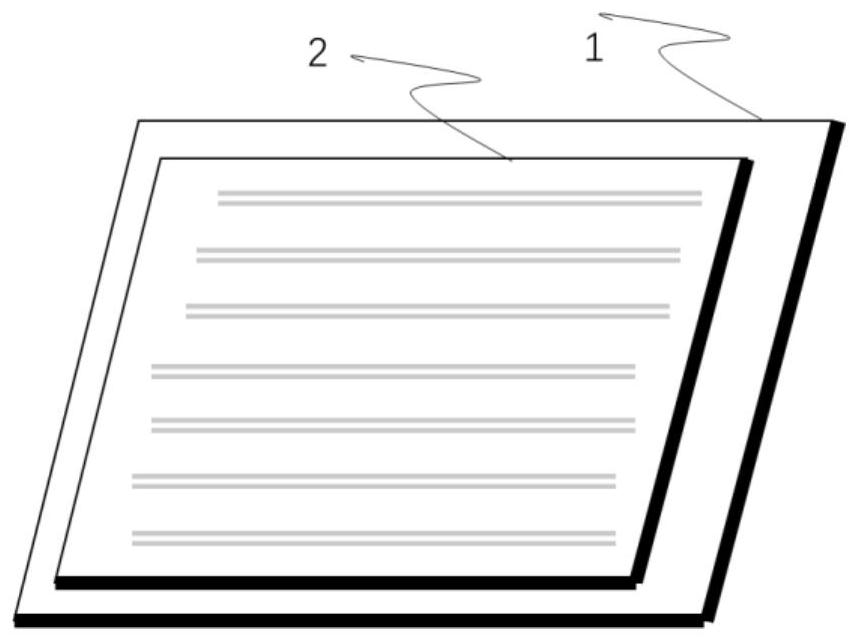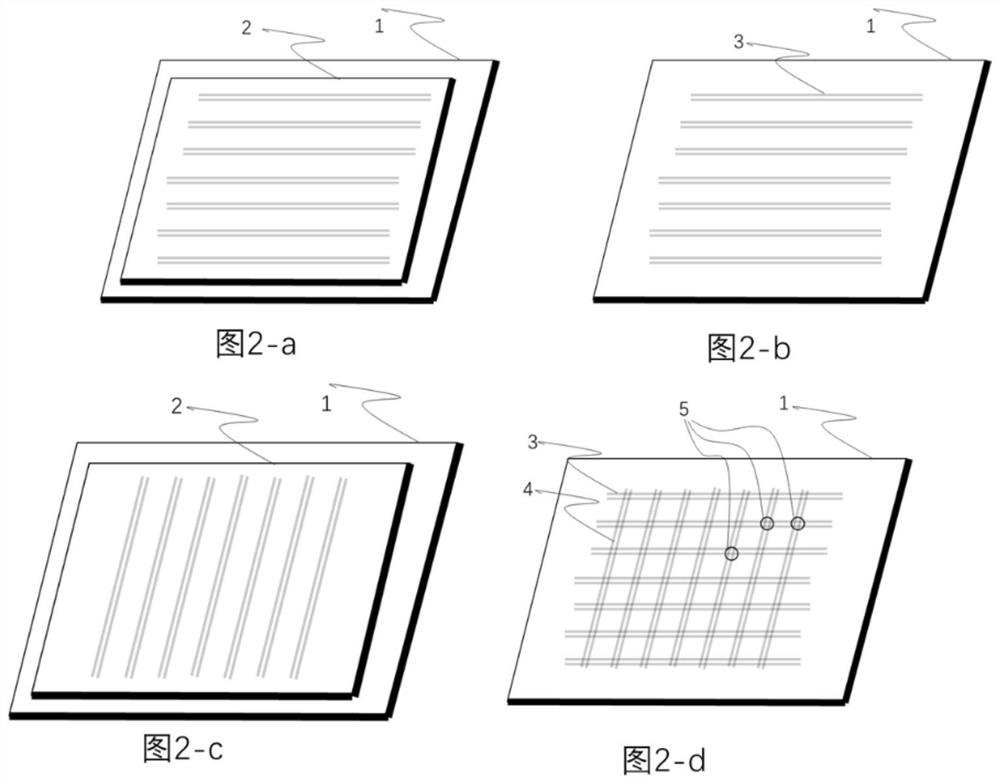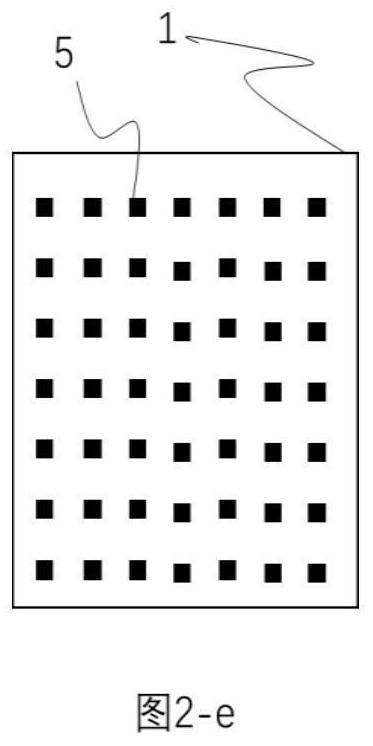A dna hybridization method for identifying American ginseng
A hybridization method, the technology of American ginseng, which is applied in the field of DNA hybridization for identifying American ginseng, can solve the problems of taking a lot of time and cost
- Summary
- Abstract
- Description
- Claims
- Application Information
AI Technical Summary
Problems solved by technology
Method used
Image
Examples
Embodiment 1
[0051] 1. Various solution configurations
[0052] Configuration of Probe Solutions
[0053] Take the dissolving solution and the probe, and configure the probe solution. The components of the configured probe solution are as follows:
[0054] (1) 25 μM amine-labeled oligonucleotide single-stranded
[0055] (2) 1.5M NaCl
[0056] (3) 0.15M sodium bicarbonate
[0057] (4) 0.15% sodium dodecyl sulfonate (SDS)
[0058]Configuration of the DNA solution of the sample to be tested
[0059] Take the lysate and the DNA of the sample to be tested, and configure the DNA solution of the sample to be tested. The components of the prepared DNA solution of the sample to be tested are as follows:
[0060] (1) 25nM biotin-labeled oligonucleotide single-stranded
[0061] (2) 0.15M NaCl
[0062] (3) 0.015M sodium citrate (pH 7.0)
[0063] (4) 0.15% sodium dodecyl sulfonate (SDS)
[0064] Configuration of Gold Nanoparticle (AuNP) Solutions
[0065] Before the experiment, add the AuNP s...
Embodiment 2
[0076] Example 2 Screening of probe sequences
[0077] Two probes were designed, denoted as N1Q and N2Q, respectively, and the sequences of the two probes are:
[0078] N1Q: CTAAAAAAAAAGTATTTCTCATCTAAATTTTGAA (SEQ ID NO: 1)
[0079] N2Q: GAATTTGAAAGTGTTTTAAATTGATTTTCAA (SEQ ID NO: 2)
[0080] Two DNA samples were prepared, which were derived from Chinese ginseng and American ginseng, respectively.
[0081] The experiment was carried out according to the operation of Example 1, wherein step (4) in Example 1 used 1 times PBS buffer for washing the microfluidic chip, and the experimental results were as follows image 3 shown.
[0082] from image 3 It can be seen from the above that in the reaction area where the probe N2Q is fixed, there is no significant difference in the fluorescence reaction of Chinese ginseng and American ginseng, and the probe N2Q cannot distinguish Chinese ginseng and American ginseng well; while in the reaction area where the probe N1Q is fixed, Amer...
Embodiment 3
[0083] Example 3 Screening of gold nanoparticle solutions
[0084] Experiment A
[0085] Two DNA samples were prepared, which were derived from Chinese ginseng and American ginseng respectively.
[0086] The experiment was carried out according to the operation of Example 1, wherein the washing solution in step (4) washing the microfluidic chip in Example 1 was: (1) Group 1 used 1 times PBS buffer; (2) Group 2 used gold The solution with 5 nM nanoparticles concentration; (3) the solution with 10 nM gold nanoparticles concentration used in group 3; (4) the solution with 15 nM gold nanoparticles concentration used in group 4; (5) the solution used in group 5 A solution with a gold nanoparticle concentration of 20 nM; the experimental results are as follows Figure 4 shown.
[0087] 1, 3, 5, 7 and 9 in the longitudinal direction are ginseng reaction areas, and 2, 4, 6, 8 and 10 are American ginseng reaction areas.
[0088] Groups 1-5, the corrected fluorescence values of ea...
PUM
| Property | Measurement | Unit |
|---|---|---|
| particle diameter | aaaaa | aaaaa |
Abstract
Description
Claims
Application Information
 Login to View More
Login to View More - R&D
- Intellectual Property
- Life Sciences
- Materials
- Tech Scout
- Unparalleled Data Quality
- Higher Quality Content
- 60% Fewer Hallucinations
Browse by: Latest US Patents, China's latest patents, Technical Efficacy Thesaurus, Application Domain, Technology Topic, Popular Technical Reports.
© 2025 PatSnap. All rights reserved.Legal|Privacy policy|Modern Slavery Act Transparency Statement|Sitemap|About US| Contact US: help@patsnap.com



